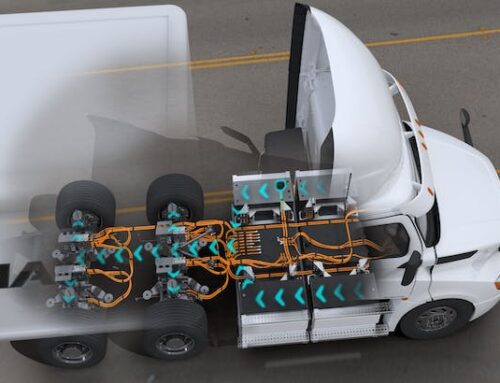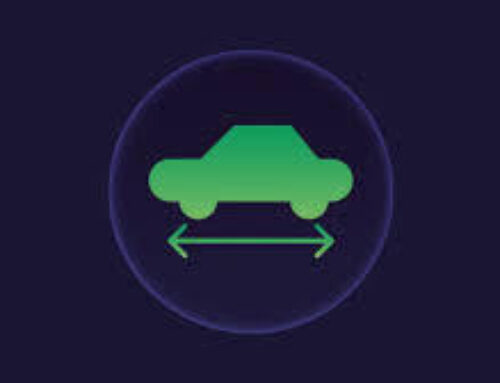The basic components of an Electric Vehicle are the same regardless of its size or number of wheels. The two-wheeled EMVs main drawback is range, as a motorcycle is small with limited space for a large battery pack, plus almost all motorcycle riders love the “riding” part. I am one of them, having over 50 years of riding in many places, including dirt and road racing, trips across America, woods riding and camping in Canada during the snowy season. Today, it is the daily commute on the Vectrix when it is a reasonably warm day. It is limited to 38 mph so it is the surface roads in the city of Worcester (pronounced as Woos-tah), Massachusetts that I transverse. After researching and writing the chapter on EV 2 wheelers, it is clear that a high-speed electric motorcycle has to happen for me. The future looks bright for two-wheeled EMVs. Some historical EMVs context.
Introduced in 2006, the Vectrix VX-1 was the “Prius” of large-sized scooters, about the size and performance of a “Silver Wing” from Honda. But unlike Honda, it had no gasoline, as it was pure electric. It was the first commercially available high-performance electric scooter sold to the public. It was capable of over 60 mph (97 km/h), and zero to 50 mph (80 km/h) in 6.8 seconds, with the maximum torque available from zero rpm. It had under 250 parts, compared with 2,500 for a conventionally powered scooter, and had a range of up to 65 miles (105 km) at 25 mph (40 km/h). They were promoted by the governments of the United States, United Kingdom, Italy, the Netherlands and Slovenia, as the Vectrix was exempt from paying any road tax.
The first Vectrix scooters used NiMH batteries with a manufacturer-claimed life of 10 years and 1,500 recharges. The 125-volt battery pack had a capacity of 3.7 kWh and could be recharged to 80% in two hours from a standard 120-volt American power socket. The battery could also be partially recharged through regenerative braking. Replacement cost of the battery was estimated to be around $3,000 in 2006, almost one-third of the cost of the bike. Many of these VX-1 have been retrofitted with Li-ion cells (Figure 23-6) by the owners using used Nissan Leaf modules and are still on the road today.







Wow, superb blog layout! How long havfe youu been blogging for?
you make blogging look easy. The overall
look of your web site is fantastic.